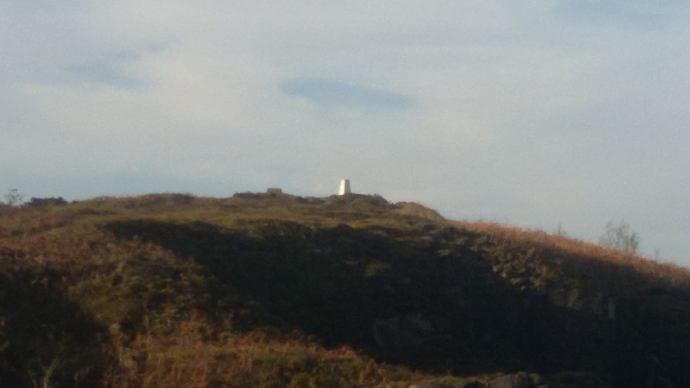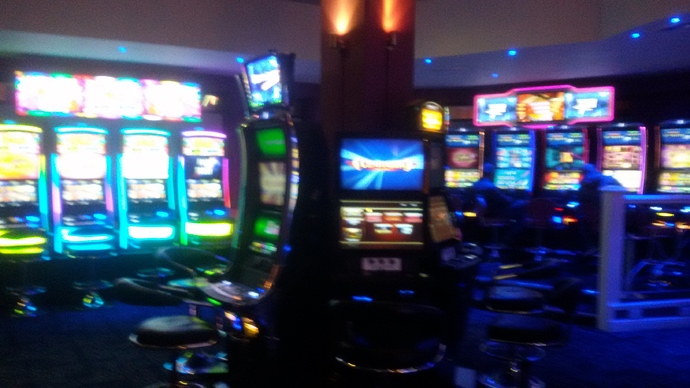FT8 Operating Procedures. I have been planning to do activations with the sensitive new FT8 mode in WSJT-X. With the compact and lightweight Microsoft Surface Pro computers, it should be quite possible to run my KX3 in VOX mode, per the arrangement used by ON7DQ and to use the single USB port for GPS time setting, Given the fact that this mode is more sensitive than CW, and may be easier for logging and sending CW during extreme cndx, I can’t help but think FT8 will become increasingly popular for SOTA.
I am curious how other people structure their standard FT8 messages. Certainly one could forego sending the grid locator and send a “random text message” such as “CQ W7GJ SOTA” (which is less than the maximum of 13 allowable characters). But a random text message is not decoded as readily as a “standard message” when signals are weak.
It also is possible call CQ as a standard message with a “directional CQ” using 2 letters between AA and ZZ. Using the standard messages provides more sensitivity and better reliable decoding. Since I figure I will be QRP anyway with my KX3 and battery power, it seems this might be the better option. Is there already an agreed-upon format for calling CQ SOTA in FT8? If not, I propose using “ST” as the directional CQ, so a standard CQ message would be “CQ ST W7GJ DN27”. I suppose that COULD be misinterpreted as a directional call for only stations in Sudan, but it seems that such instances would be rare, particularly if the ST were adopted by all SOTA users.
I have seen other comments about how to send the summit identifier and agree that it is best to send it at the end of the contact in a random text 73 message. An example would be “73 W7M/LM-099”, which meets the limit of 13 characters, and seems to be sent and decoded successfully with the current version of WSJT-X…
Does anybody have any comments of other ideas regarding the above and how we might go about setting an accepted standard to be used for FT8 during SOTA activations?


